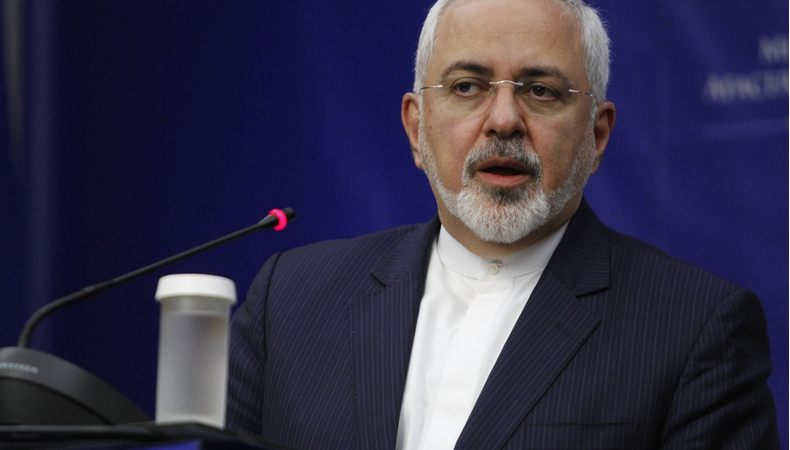“Iran will not hold any negotiations with the United States either directly or indirectly,” Foreign Minister said

The United States and Iran will return to Vienna on 6 April, where the nuclear agreement was signed in 2015: it is the first concrete progress in the attempt to save the agreement abandoned by Donald Trump three years ago and which Joe Biden promised to resurrect. While no direct meeting between the Americans and Iranians is envisaged, indirect talks through the other powers involved in the agreement are an important step.
“Iran will not hold any negotiations with the United States, either directly or indirectly”: Deputy Foreign Minister Abbas Araghchi said yesterday evening. “We are not in a hurry, there will not even be a gradual plan to revive the nuclear deal and the final step should be the removal of sanctions by the United States,” he added. Araghchi said that, in an interview on state TV, commenting the reports that the White House will hold indirect talks with Iran during a meeting of the joint commission on the nuclear deal scheduled for Tuesday in Vienna.
Araghchi made these comments after yesterday’s group of countries still party to the 2015 nuclear deal (Russia, China, Great Britain, France, Germany, and Iran itself), in a videoconference organized by the European Union had announced a meeting for next Tuesday in Vienna with the presence of a US delegation, which abandoned the agreement in May 2018 at the behest of the then President Donald Trump. Various sources then spoke of the possibility of indirect negotiations between Tehran and Washington for the re-entry of the United States into the agreement.
“We will have talks only with the 4 + 1 group, ie Great Britain, France, Germany, Russia, and China – said Araghchi, Iranian chief negotiator – but these members can talk to any other country in any way they want”. For his part, however, the head of the Iranian Atomic Energy Organization, Ali Akbar Salehi, said that “the impasse has been broken” and therefore the path of negotiations is now open.
The dialogue will focus on how Washington and Tehran can simultaneously return to the Joint Comprehensive Plan of Action, one by removing the Trump-era sanctions and others by respecting uranium enrichment commitments (after the US withdrawal from the agreement, Iranians have increased both the quantity and the quality of their stocks).
The talks focus on returning to the original understanding, not on Tehran’s missile program or its role in the region that the US and Europe also aim to address in the future. US officials assure the New York Times that they do not intend to keep part of Trump’s sanctions and that the “maximum pressure” strategy has failed.
The other signatories will meet without the United States, to begin defining a road map. Foreign Minister Mohammad Javad Zarif specified that there is no meeting planned with the US: “There is no need”, the goal is “to quickly finalize the removal of sanctions and nuclear measures, for an elimination choreographed by all the sanctions, after which Iran will put an end to the corrective measures “.
The question is what will be the “choreography” of the road map? The Americans have so far proposed reciprocal gradual steps which have been read by Iran as bearish offers. Iranians suggest a quick and understanding approach (keyword in Zarif’s tweet). Both countries demand the first move on the other. It is not a technical problem but a political one: of trust, of priorities, and climate.




